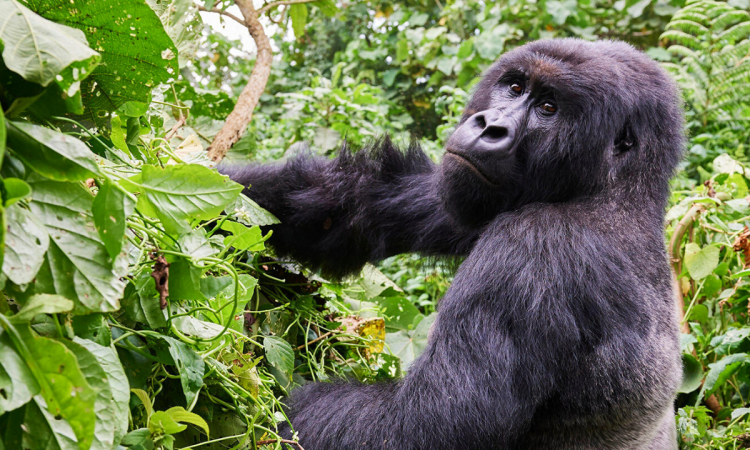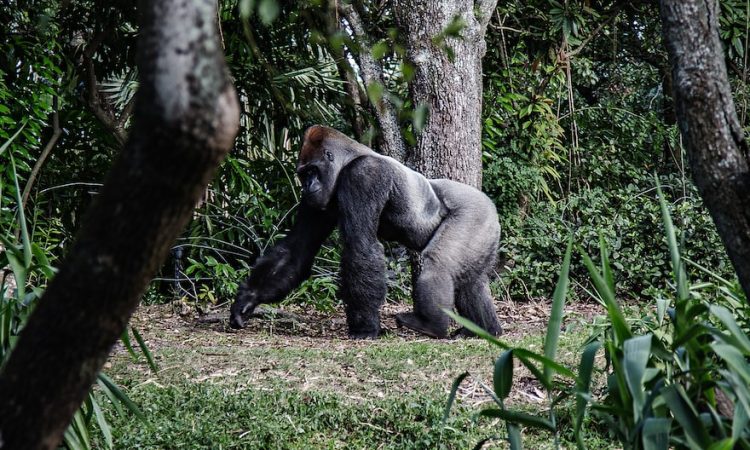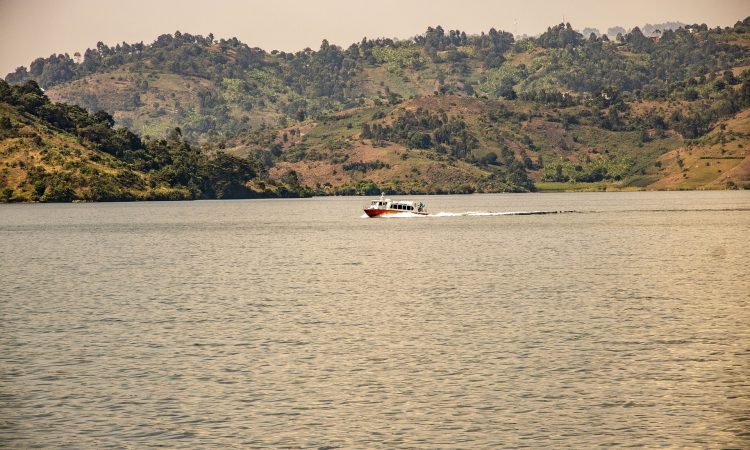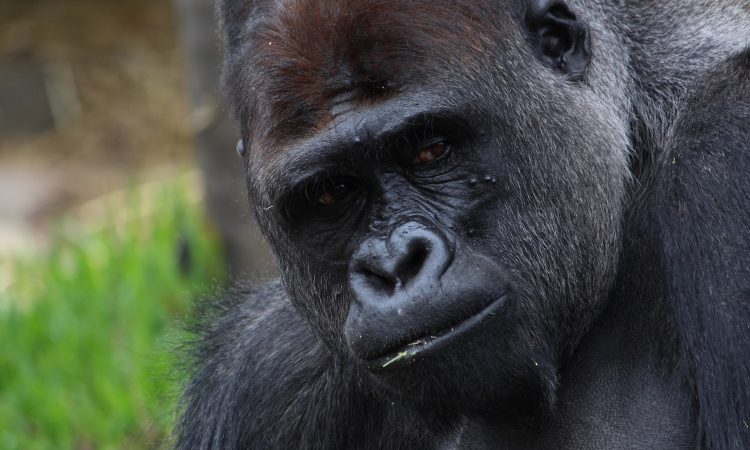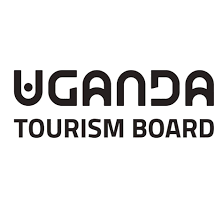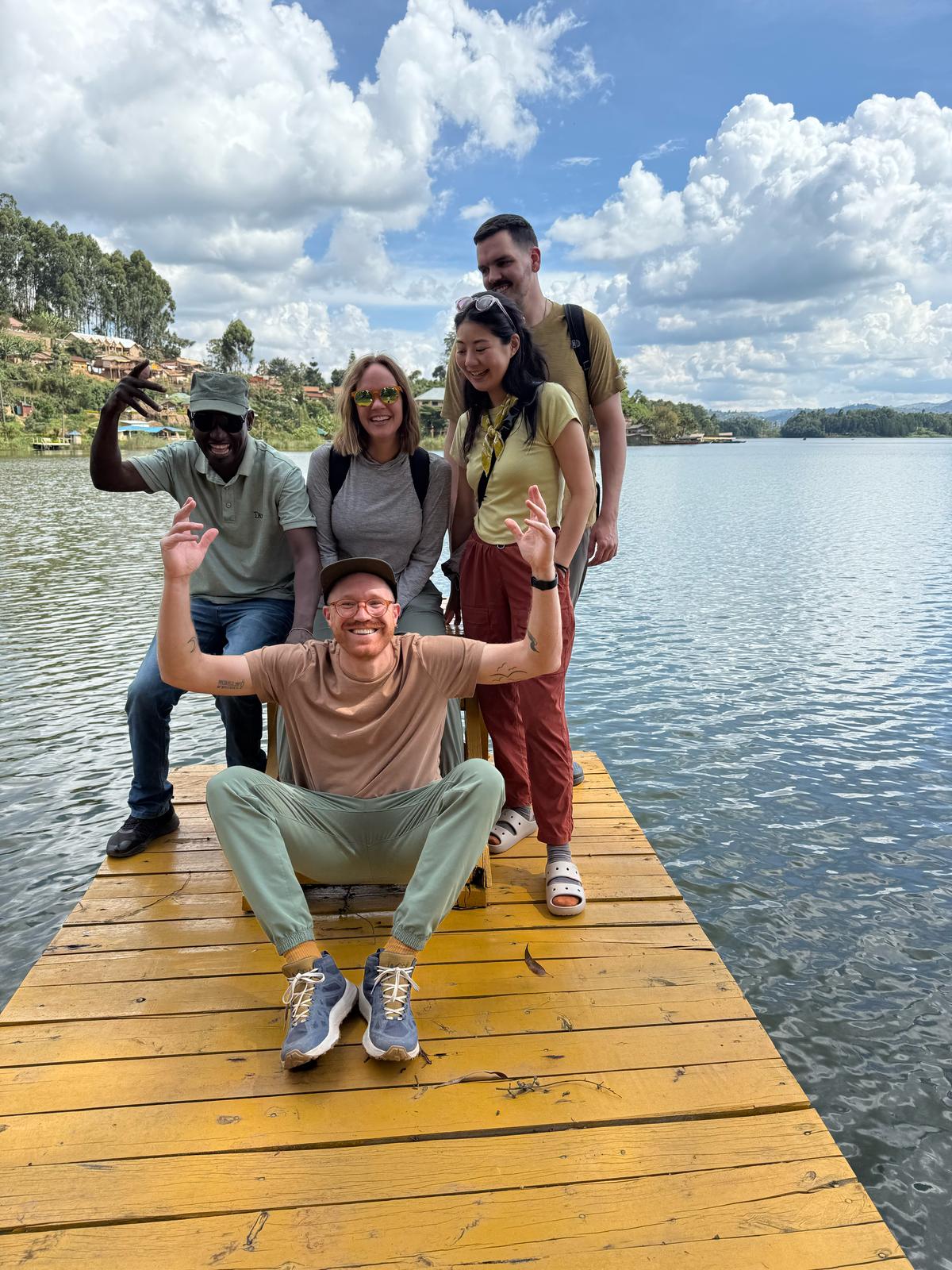The Humba gorilla family is a breakaway group from the Rugendo gorilla family. It was formed in 1998 when the silverback Humba and his brother Nyakamwe decided to leave their father’s group, taking six members with them.
Humba and Nyakamwe later increased the number of their family to 16 individuals, but in 2014 they had a fight that caused another separation. After the fight, Humba was left with 6 individuals, while Nyakamwe left with 10.
Today, the Humba gorilla family has grown again and is now made up of 10 individuals, including 3 silverbacks, 2 adult females, 1 sub-adult, 2 juveniles, and 2 babies. This group can be trekked from the Gatovu and Bikenge areas of Virunga National Park. The number of gorillas in each group keeps changing due to births, deaths, and separations.
Other Gorilla Families in Virunga
- Rugendo Gorilla Family: The Rugendo family is one of the oldest habituated gorilla families in Virunga National Park. It was first habituated in 1985 and was led by a famous silverback called Rugendo, known for fathering many other silverbacks who later formed their own families in the park. Rugendo was sadly killed by gunfire in 2001. Leadership of the group was taken over by his son Senkwekwe, who also died in 2007 under unclear circumstances. In 2008, a lone silverback named Bukima took over the group.
- Nyakamwe Gorilla Family: The Nyakamwe gorilla family was formed when silverback Nyakamwe left his brother Humba to start his own group. Both brothers had earlier broken away from their father in the Rugendo family.
Humba Gorilla Permits
Gorilla permits in Congo cost $400 per person. Permits should be booked 3 to 6 months in advance, especially if you’re visiting during the peak season.
To go gorilla trekking, you need to be physically fit and well prepared. You should bring waterproof hiking boots, garden gloves, insect repellent, plenty of drinking water, energy snacks, sunscreen, and other useful items.
The best time to visit Congo for gorilla trekking is during the dry season from June to September. During this time, the roads to Virunga National Park are more accessible, and the trekking trails are not too muddy or slippery.
Book Your Tour Now
If you want to add more days or visit more places, please contact us through our main contact page using the button below.

